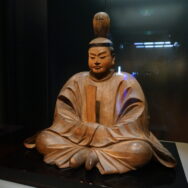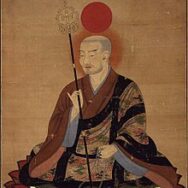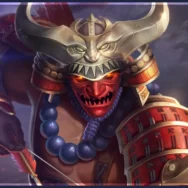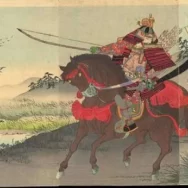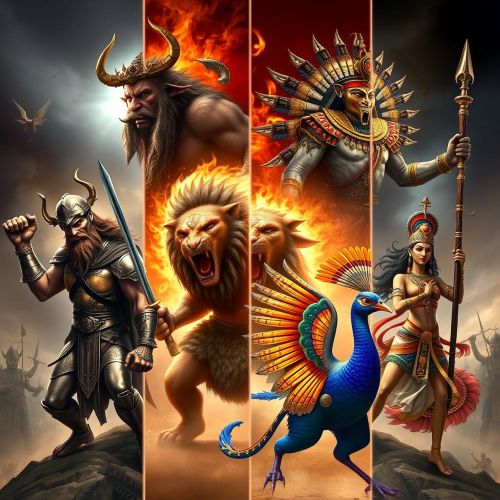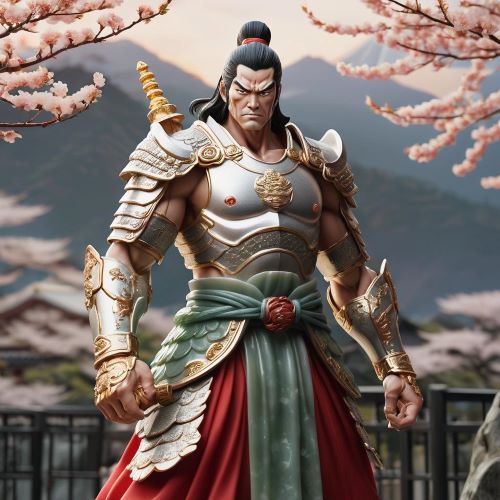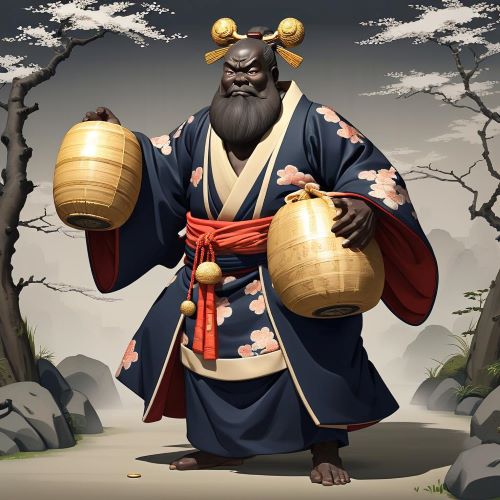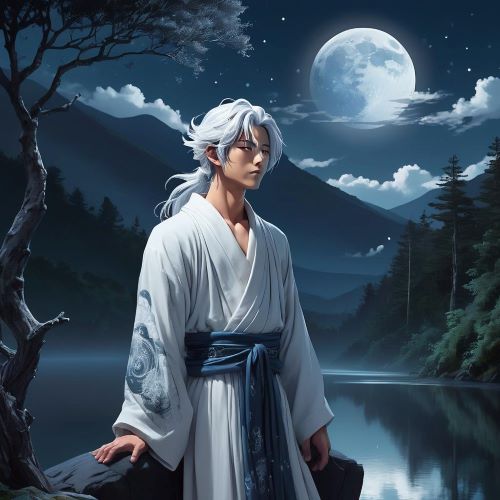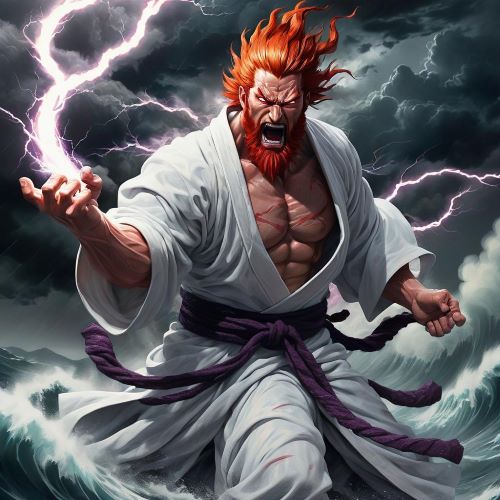Hachiman : The God of War
Listen
At a glance
| Description | |
|---|---|
| Origin | Japanese Mythology |
| Classification | Gods |
| Family Members | Jingu (Mother) |
| Region | Japan |
| Associated With | War, Fire, Agriculture, Warriors |
Hachiman
Introduction
One of the most popular deities of Shinto in Japan is Hachiman, who is regarded as the commander of the Minamoto warriors. He is also referred to as the God of War. Although he is rarely worshipped alone, he is often regarded as the emperor’s deification. His various shrines are usually dedicated to Hime-gami, Jing, and Hachimen.
In AD 725, the first shrine dedicated to the deity Hachiman was established in the Oita Prefecture. He is a highly popular figure in Japan, and many of the country’s Shinto shrines have been dedicated to him. In the Nara period, from AD 710 to 784, Hachiman was regarded as a great Buddha-to be.
Hachiman is regarded as the first Japanese deity to receive the Daibosatsu title, which means that he is an embodiment of the blending of foreign and indigenous elements. Before the construction of the Buddha image at the Tdai temple, he was an oracle. He also serves as the temple’s guardian deity.
Physical Traits
Hachiman is usually depicted as a fierce warrior who wears armor and holds a sword or bow. He can also be made to appear as a priest wearing a crown or a robe. The dove, which represents his martial prowess and peace, is his messenger. He can also be accompanied by a dragon or white horse.
The doves represent Hachiman’s messengers. Since he is depicted as a Japanese warrior, his shrine’s sacred object is usually a bow and arrow. In addition, some of his shrines feature stirrups.
Some temples even have a calligraphy brush that acts as the god’s go-shintai, which signifies his role as the patron of culture. As a kami of all things cultural and scholar, his various shrines are often also dedicated to Tenjin, who is regarded as the Shinto god of learning and scholarship.
Family
It is no surprise that Ojin, who made a significant contribution to Japanese society, was deified following his death. However, this process occurred centuries later, and it wasn’t performed immediately following his death. While it is widely believed that Hachiman is the same as Ojin, this actually wasn’t always the case. Since Hachiman was believed to be the ancient emperor, he was first worshipped by the Genji, a group of Japanese samurai.
Members of the Minamoto clan were also able to ascend to the position of Japan’s shogun. One of these is Minamoto no Yoshiie, who grew up in Kyoto and took the name Hachiman when he was a young adult. He went on to become a powerful warrior and eventually became a leader and the Kamakura shogunate’s commander.
Other names
In the Shinto religion, Hachiman is regarded as the emperor of the 3rd to 4th century. He was known as Kami of Eight Banners and is also referred to as Yahata. Other names that is associated with the deity is Hondawake and Yumiya Hachiman.
Powers and Abilities
As a protector for Japan, Hachiman is often requested to help defend the nation from foreign invaders. During the Kamakura Period, which started in 1185 and ended in 1333 CE, some of the incidents that happened were during the Mongol invasions. According to some sources, Hachiman answered his followers’ prayers by sending a typhoon or kamikaze, which is a type of divine wind, to protect Japan from an invasion. These types of typhoons have been known to occur in 1274 and 1281. It’s believed that these two events were carried out by the gods Fujin and Raijin.
Either way, the idea of a divine wind or kamikaze has been associated with Japan’s defense. During the Second World War, Japanese pilots were known to describe the powerful winds or kamikaze as they flew across the country. Their planes were forced to crash into enemy ships in order to avoid getting attacked. The legend surrounding the typhoons that Hachiman sent shows that he had a protective side. In addition to being a deity of aggressive warfare, he is also regarded as a protector of children and general prosperity. This concept is believed to be related to the idea of peace through strength.
It is also believed that Hachiman is a patron deity of spies. This is because Ojin, while he was the emperor, would often go around the country in disguise. He was reportedly interested in learning about the living conditions of the people.
Modern Day Influence
Due to the ruling elite and the imperial family’s support for Hachiman’ shrines, these religious facilities became powerful and wealthy. In addition to the elite, his popularity also extended to the common people. Due to his protective side, he is highly regarded by the ordinary people.
Although Hachiman isn’t usually featured in modern pop culture, his name is often used to refer to various characters in anime, video games, and manga. One of these is the character known as Hachiman Hiikigaya in the Yahari Ore No Seishun Love series. Aside from art, various festivals and ceremonies are also held to honor him.
Related Images
Frequently Asked Questions
What is lorem Ipsum?
I am text block. Click edit button to change this text. Lorem ipsum dolor sit amet, consectetur adipiscing elit. Ut elit tellus, luctus nec ullamcorper mattis, pulvinar dapibus leo.
What is lorem Ipsum?
I am text block. Click edit button to change this text. Lorem ipsum dolor sit amet, consectetur adipiscing elit. Ut elit tellus, luctus nec ullamcorper mattis, pulvinar dapibus leo.
What is lorem Ipsum?
I am text block. Click edit button to change this text. Lorem ipsum dolor sit amet, consectetur adipiscing elit. Ut elit tellus, luctus nec ullamcorper mattis, pulvinar dapibus leo.
What is lorem Ipsum?
I am text block. Click edit button to change this text. Lorem ipsum dolor sit amet, consectetur adipiscing elit. Ut elit tellus, luctus nec ullamcorper mattis, pulvinar dapibus leo.
What is lorem Ipsum?
I am text block. Click edit button to change this text. Lorem ipsum dolor sit amet, consectetur adipiscing elit. Ut elit tellus, luctus nec ullamcorper mattis, pulvinar dapibus leo.

